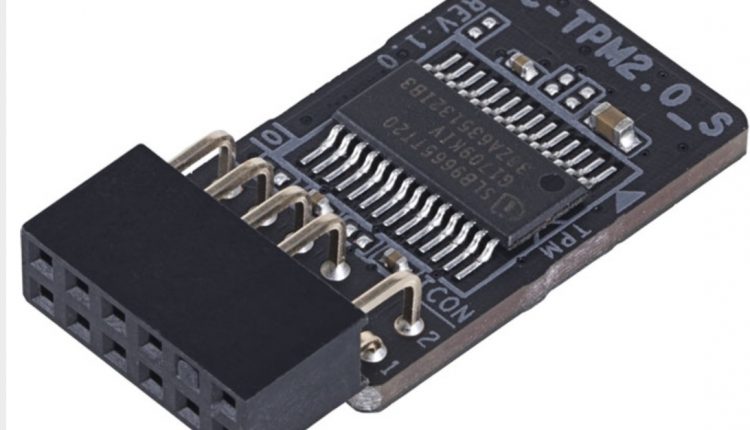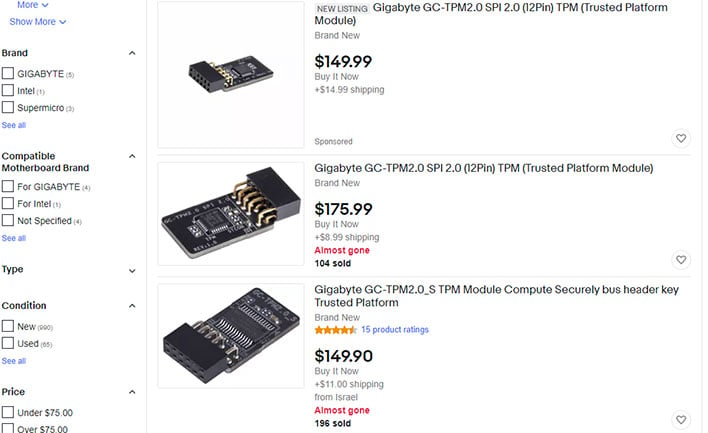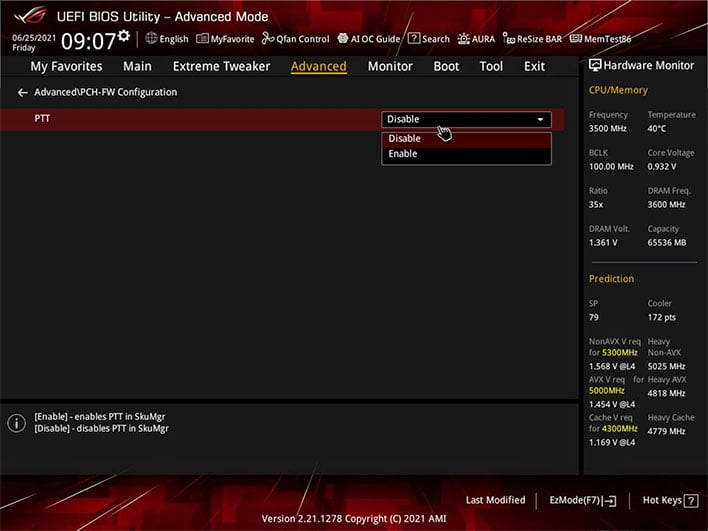©2021 Reporters Post24. All Rights Reserved.
- Processor: 1GHz or faster with 2 or more cores on a 64-bit CPU or SoC
- Memory: 4GB RAM
- Storage: 64GB or larger
- Graphics Card: DirectX 12 compatible / WDDM 2.x
- Display: > 9 inches with HD resolution (720p)
- Internet: Microsoft account and internet connectivity required for setup
- TPM: Trusted Platform Module (TPM) version 2.0





